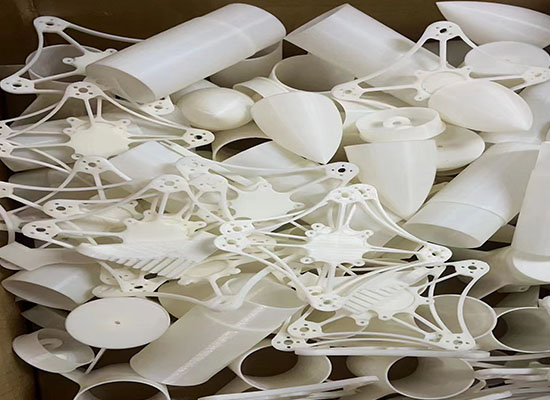


Plastic 3D printing, also known as additive manufacturing, is a revolutionary technology that allows users to create three-dimensional objects by printing layer upon layer of plastic material. This user manual will provide you with a comprehensive guide on how to get started with plastic 3D printing.
1. Understand the basics of plastic 3D printing
Before diving into the world of plastic 3D printing, it's important to understand the basic principles and terminology. Some key terms to familiarize yourself with include:
- CAD (Computer-Aided Design): This is the software used to create 3D models that will be printed.
- STL (Standard Triangle Language): This is the file format used for 3D printing.
- Slicing Software: This converts the 3D model into a series of thin layers and generates the toolpath for the printer to follow.
- Filament: This is the plastic material that is loaded into the 3D printer and used to create the object.
2. Choose the right 3D printer
There are many different types of 3D printers available, each with its own strengths and limitations. To determine the best 3D printer for your needs, consider the following factors:
- Print technology: The most common types of 3D printing technologies for plastic are Fused Deposition Modelling (FDM) and Stereolithography (SLA). FDM printers are relatively affordable and easy to use, while SLA printers produce higher quality prints but are more expensive.
- Print bed size: The size of the print bed determines the maximum size of the objects that can be printed.
- Filament compatibility: Different printers are compatible with different types of filaments, so make sure the printer you choose supports the type of plastic you want to use.
- Budget: 3D printers can range from a few hundred to several thousand dollars, so consider your budget before making a purchase.
3. Prepare your 3D model
Once you have chosen your printer, you will need to prepare your 3D model for printing. This involves ensuring that the model is watertight (no holes or gaps), converting it to STL format, and importing it into the slicing software.
4. Adjust printing settings
In the slicing software, you can adjust various settings such as layer height, print speed, and infill density to customize the print quality and material usage. These settings will vary depending on the printer and the object you are printing.
5. Load and feed the filament
If using a FDM printer, you will need to load the filament into the printer. This involves heating the nozzle and manually feeding the filament through the filament tube until it reaches the extruder.
6. Start the print
After the printer is preheated, you can start the print from the slicing software. The printer will begin to print your object layer by layer.
7. Post-processing
Once the print is complete, you may need to remove any support structures or rafts that were added during the printing process. Some printers also require post-processing like sanding or polishing to smooth out any imperfections.
8. Troubleshooting
If your print does not turn out as expected, don't get discouraged. 3D printing can be a trial-and-error process, and there are many online resources available to help troubleshoot common problems.
9. Experiment and have fun!
With plastic 3D printing, the possibilities are endless. Don't be afraid to experiment with different designs, materials, and settings to create unique and functional objects.
getting started with plastic 3D printing requires understanding the basics, choosing the right printer, preparing your model, adjusting settings, and post-processing. With a bit of practice and patience, you can unleash your creativity and bring your ideas to life through plastic 3D printing.